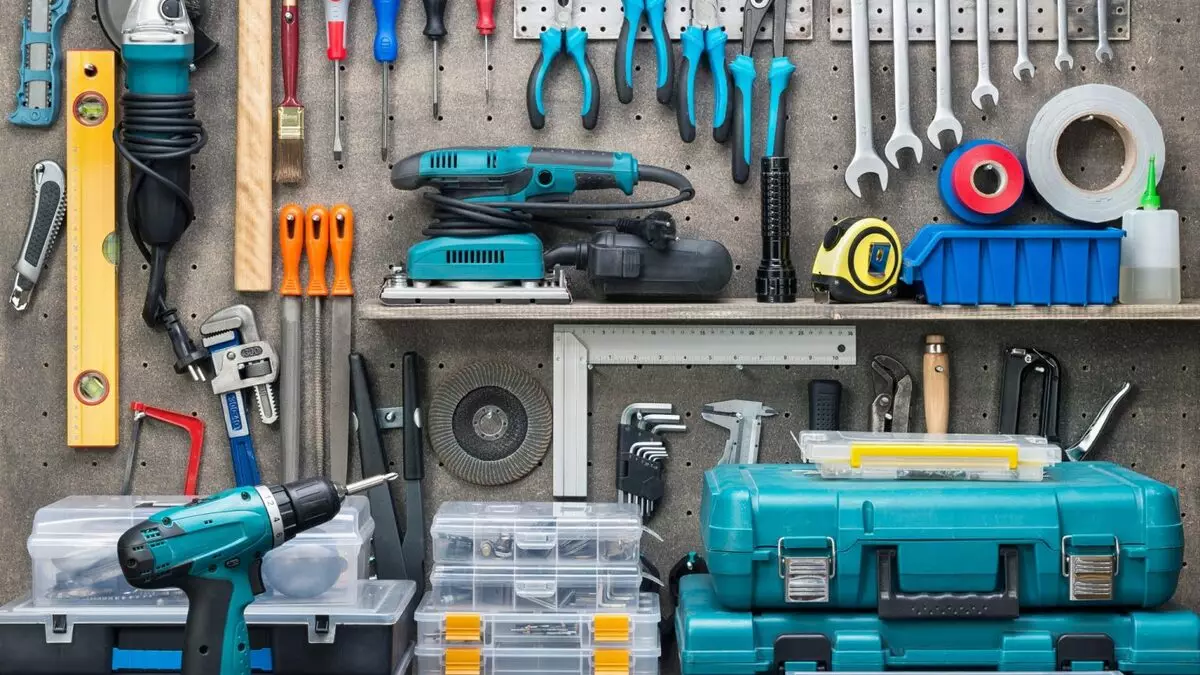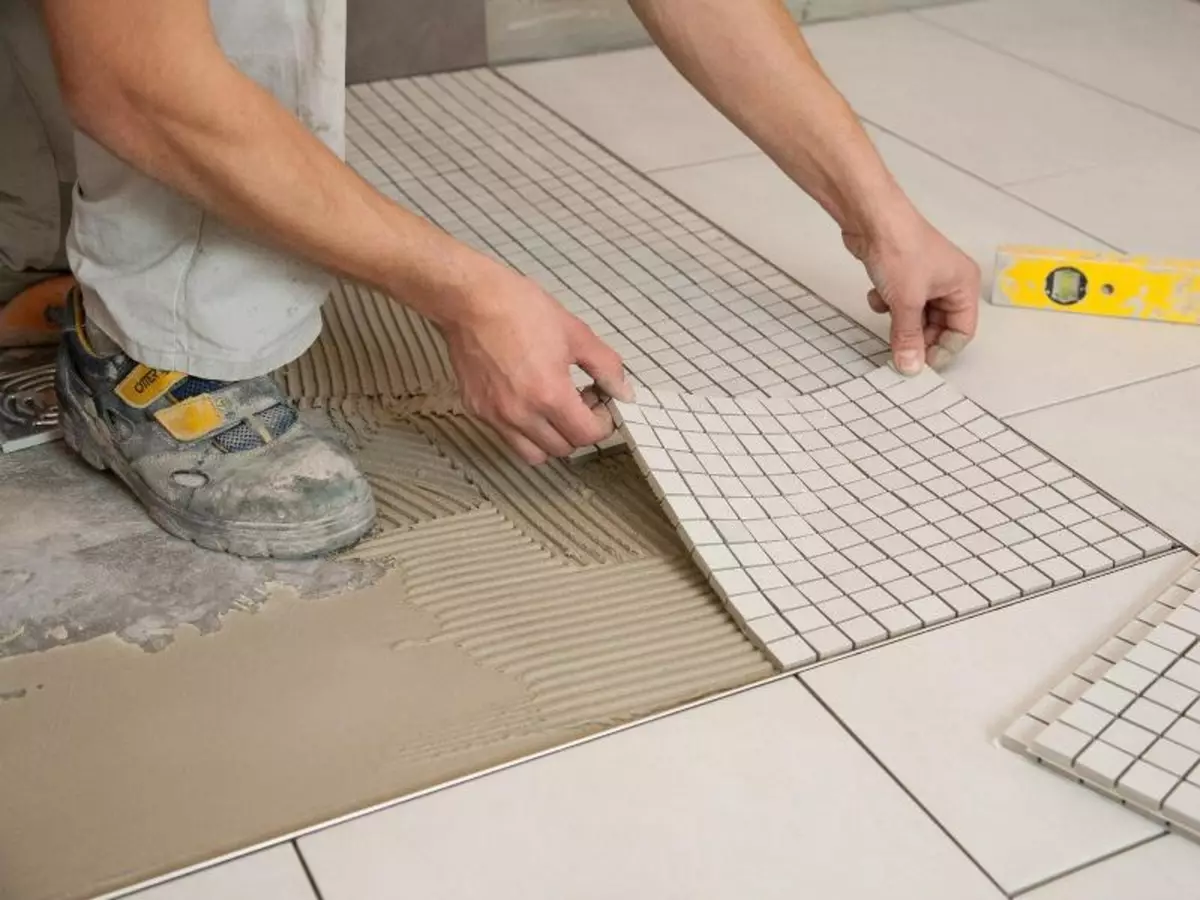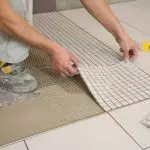Repairs are a laborious process that takes out not only a bunch of forces, but also financial resources. However, the chance to reduce costs in repair work always remains and in this article we will look at how to do it.

Saving on building materials
Building materials are one of those things that can be saved without serious consequences. You do not need to bring to extremes, but also you do not need to overpay for popular brands.
Some products released by little-known manufacturer are not inferior on the quality of products of promoted firms. The combination of expensive materials with budgetage is permissible, but it follows with caution.

Note! Emergency incident occurs when, for example, cheap plaster spoils expensive paint. In order to avoid such problems, it is necessary to accurately approach the selection of building materials.
Saving on tools
No one argues that high-quality tools are able to simplify and even to reduce work, but before buying should be understood in their varieties and appointment. For example, an electrical screwdriver will noticeably simplify the furniture assembly, but the risks come into disrepair when installing drywall, requiring a more powerful screwdriver.
Buying expensive tools is rational only in the case when they are used regularly. For short-term repair work, it is better to take them for rent or find alternative options as much as.

Finishing walls, ceiling and floors - how to save?
The first three elements of the decor, which pay attention to visitors indoors is the ceiling, walls and flooring. They are obliged to have a decent appearance, but the ability to save them does not go anywhere.
Article on the topic: How to issue an office for working with clients in the apartment?

According to experts, the most optimal flooring at the ratio of price and quality is marmoleum. Often, it does not require preparatory work in relation to the floor surface, but its use in the bathroom and toilet rooms is unacceptable.
When choosing a floor coating, a bathroom is recommended to pay attention to the filler floor or traditional ceramic tiles. A parquet board or laminate look more attractive, but require an absolutely smooth floor surface, which costs individual money.

Laminated organic is suitable for a wall covering for the bathroom. It does not require the preparation of the walls and perfectly hides their shortcomings. The most economical option for ceilings - whitewashed or painting, but should be aligned.
It is worth noting! Painting or bleaching ceiling is relevant only in cases where various communications in the form of wires do not pass.
Otherwise, attention should be paid to plasterboard, stretch or suspended structures. The second option is the most moisture-resistant and can save the room from the flood.
What can not save?
There are those things that are inevitable.
One of these is the savings on the working brigade. Simply repair is really possible to do it yourself, but if more complex redevelopment is conceived, and there are no skills and experience in construction work, then you should contact the specialists.

It's important to know! It is not necessary to keep on too cheap the price for the services, because for them very often hides non-professionalism of workers.
After watching the gear on TV, people think that for a full repair of the apartment is quite a few days. This opinion is mistaken. Preparatory work, procurement of materials and the work itself takes significantly more time!
Repair: What can you save, and what is it impossible? (1 video)
Article on the topic: Glass curtains for the bathroom - all "for" and "against"
What to save when repairing (6 photos)






